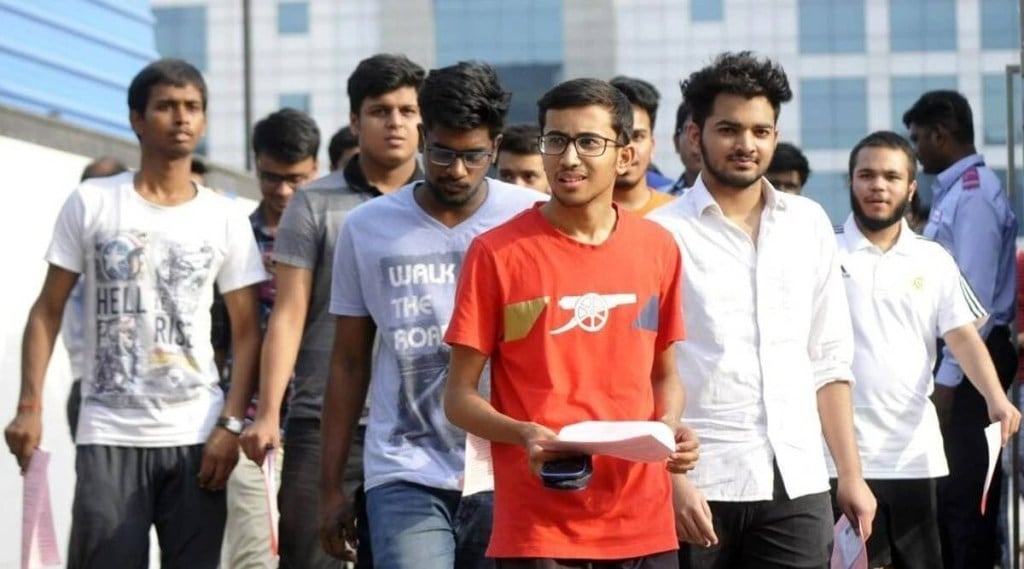In 2022, the top courses Indian learners took on Coursera—one of the world’s largest online learning platforms—related to job-relevant skills (in business, technology and data science). These included the following:
1. Foundations: Data, Data, Everywhere,
2. Programming for Everybody (Getting Started with Python),
3. Crash Course on Python,
4. Machine Learning,
5. Foundations of Project Management,
6. Foundations of User Experience (UX) Design,
Also read: How online learning is breaking down barriers and empowering girls
7. HTML, CSS, and Javascript for Web Developers,
8. English for Career Development,
9. Financial Markets, and
10. Ask Questions to Make Data-Driven Decisions.
“With the demand for digital roles continuing to climb, learners want to develop the right skills to go after emerging job opportunities,” Shravan Goli, chief operating officer, Coursera, told FE during his recent visit to the country. “Learners also strived to hone their business skills needed to thrive in the global economy, including professional English-language competency, and an understanding of financial markets.”
But possibly the biggest reason Goli came to India is a promising market.
Recently, Coursera’s CEO Jeff Maggioncalda said that India will soon become the top market for Coursera in terms of aggregate subscribers.
Also read: Priorities for 2023 from an unfinished agenda
“India is one of the fastest growing markets for us,” Goli said. “We are predicting that India will be the number one market and beat Europe and the US very soon, and become the global leader in terms of learner base.”
Why is India growing so fast?
While Coursera’s global growth rate for 2022 is estimated to be about 20%, the Indian market grew 34% in terms of the number of learners enrolled on the platform (currently at 18 million, of the total Coursera learner base of 113 million). An obvious reason for that growth is the sheer size of the number of people who want to learn in India, which runs into millions.
“Getting into a top university such as an IIM or an IIT has always been hard, and as a result when companies like Coursera bring top courses from across the world to India, we get a good response,” said Goli. “Learning accelerated during the pandemic and numbers more than doubled. A lot of people experienced online education for the first time and felt that this makes sense and they have continued learning online. All this resulted in our learner base expanding to about 18 million learners in India.”
During the pandemic, many companies in India also invested a lot in their employees’ skilling, and that has also continued post the pandemic.
Goli said that the biggest recent change in India is that now top Indian companies and universities have also started creating high quality content delivered through Coursera, so anybody can come and learn a course from institutes like IIM Ahmedabad, IIT Bombay, IISc and others on Coursera. “We also have courses from PwC India on Coursera,” he said.
“The idea of remote workforce is now accepted across the world, and because of this a lot of digital jobs are emerging. For such jobs, people need to upskill and reskill, and that’s where Coursera can help,” said Goli.
Global Coursera base
Coursera globally has about 113 million registered learners. It also has about about 250 educators, which include the world’s top universities (about 175) and 75 industry partners (companies such as Google, IBM, Microsoft, etc, who produce content for learning in-demand skills).
“But a major part of our platform is institutions. These include businesses that use Coursera to transform their talent,” Goli said. “There isn’t enough talent who understands skills such as artificial intelligence, machine learning, cloud, the internet of things and so on, and so companies have to continue to invest in their manpower to learn these skills.”
He added that Coursera for Campus is being used worldwide by over 3,400 campuses and about 1,100 in India. “Students who study on these campuses have full access to the content that is on Coursera, and the faculty is able to include that content in their classroom teaching. Coursera for Campus essentially supports teachers to teach better,” he said.
Completion rates
It is often argued that completion rates of online courses is low, with some massive open online courses (MOOCs) having completion rates of as low as 4%, according to some studies.
Goli said that completion rates of online courses are far lower than that of physical classrooms, but it depends on learners. “Almost 80% of learners have reported that learning on Coursera has helped them achieve their career outcomes, such as promotion or getting into a new job within the company or even getting a new job in another industry,” he said. “But completion rate is not the right metric, sometimes it is okay to not complete a course but measure the level of skill of achieved that can get you a job.”
At Coursera, when people buy courses the completion rate is 50-60%, when courses are integrated into the universities’ curricula, the completion rates rise to 76%, and when companies are paying the completion rate is a high 92%.
In 2023, Coursera will launch more content with Indian universities and in those areas that have high demand for job roles. “We recently announced an online degree with BITS Pilani, and we expect to do more of such degrees,” Goli said.

